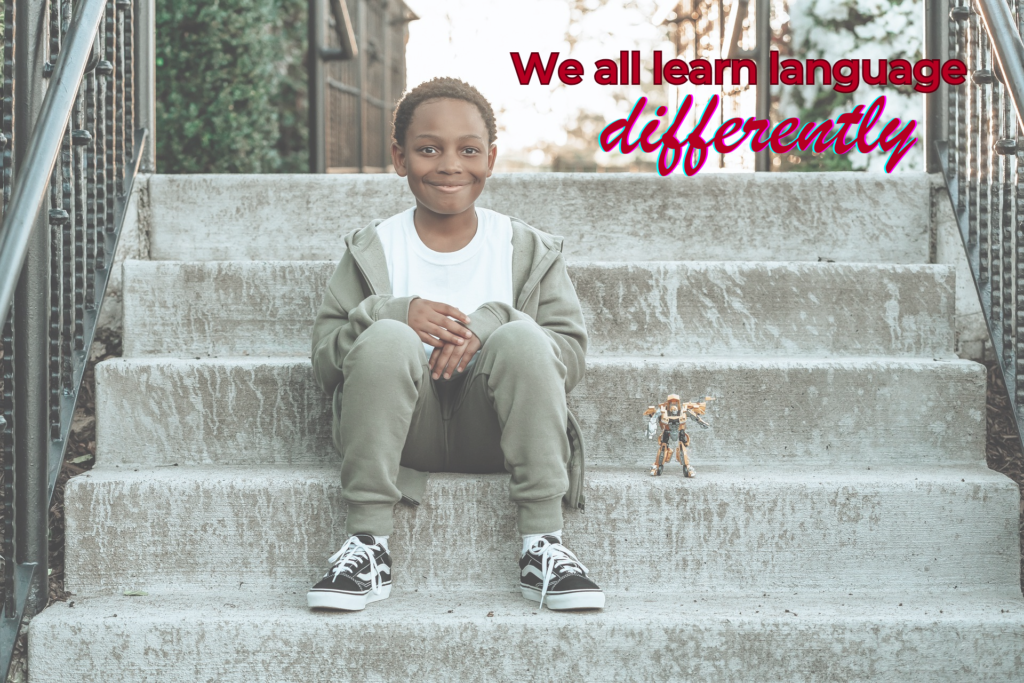In my work as an ABA therapist, every day is a puzzle filled with challenges and opportunities, and today I want to share a story that truly made my day. It’s about one of my clients, who has a history of self-harm behaviors like hitting his head with an open palm or hitting the arm of the therapist or anyone sitting beside him. Over time, we’ve identified some of the main triggers for his behavior: denied or delayed access to items or activities, and corrections—like asking him to try something again or refine his work by erasing a portion.
This client has already made significant progress in working on a ‘waiting program,’ where we’ve built his tolerance to waiting for access to items in natural environments. We’ve also proactively introduced visuals like ‘safe hands’ and ‘more time’ for transitions, which he has successfully used in numerous situations. However, despite these gains, the frequency of hitting has remained consistent, primarily triggered by corrections.
In my practice, we try to avoid saying ‘no,’ especially in the early stages when a child is working on tolerating denied access. Instead, we focus on more natural ways of denying access, such as providing alternate choices or letting the client know when they can have the requested item or activity. Having said that, and keeping in mind that the main antecedent is him being corrected, recently, we’ve incorporated a new visual to address corrections. The visual indicates that if the client responds correctly, he doesn’t have to repeat the task, but if he gets it wrong, he will try again. This visual is kept visible on the table, and during high-response tasks like handwriting, the expectation is repeated with the client before he attempts the task. Amazingly, during a trial session, this client didn’t require a single correction and completed his writing beautifully. Way to go!
But what makes my job so much more enjoyable are the spontaneous breakthroughs that show the client’s understanding and use of language. During a free play session, the client was playing with an Orchard toy with more than 20 pieces. As the transition timer approached its end, the therapist proactively began cleaning up by removing a few pieces and putting them in the bin. What happened next completely amazed me. The client pointed to the visual and said, “Try again,” indicating that the therapist’s action was incorrect and needed to be corrected! The therapist, recognizing the client’s request, returned all the pieces and even granted him additional time to finish working with them.
What made this moment even more remarkable was the client’s limited vocal repertoire of 2-3 word phrases in novel situations. He has learned language primarily through echoic modeling and usually relies on an adult to provide the appropriate phrase in new contexts. This was the first time he used spontaneous language to demonstrate comprehension of the visual!
Moments like these highlight the profound impact of using visuals to evoke spontaneous language. They not only create meaningful connections but also strengthen the therapeutic bond and foster trust between the client and therapist. Over time, these interactions contribute to significant long-term benefits by building a foundation for meaningful communication and encouraging a sense of mutual understanding and collaboration, which ultimately enhance therapeutic progress.
It’s these small victories that reaffirm why I love this field. Seeing a child advocate for himself—not just following instructions but using language meaningfully—is incredibly fulfilling. It’s a reminder that every step forward, no matter how small, matters.
As I reflect on this experience, I’m motivated to continue finding creative ways to empower my clients, support their progress, and celebrate their successes. Here’s to more moments that make this journey so special!

